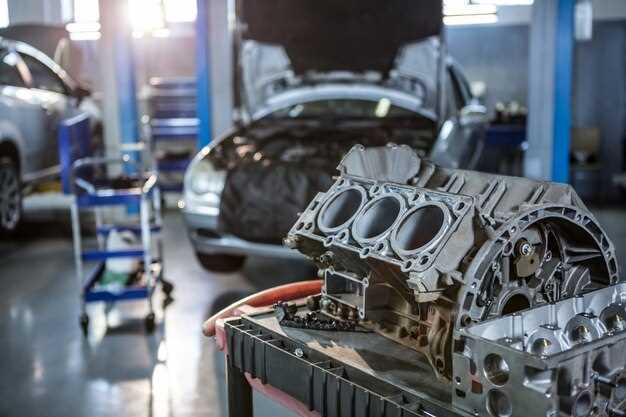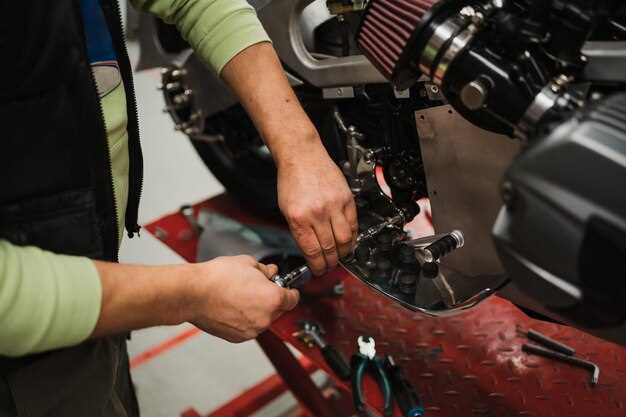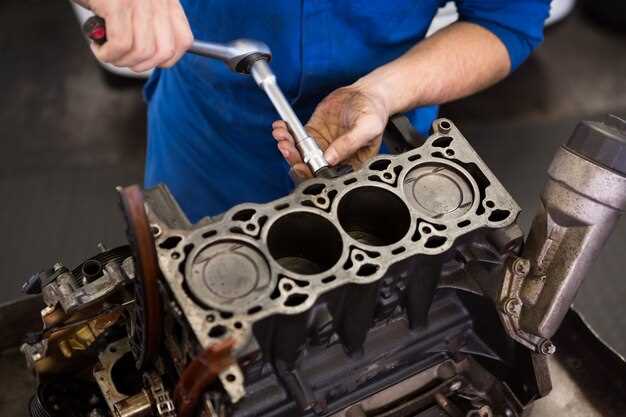
Choosing the right turbocharger for your engine is a critical step in enhancing performance and efficiency. The process, known as sizing, involves a careful evaluation of your engine’s specifications, including displacement, horsepower goals, and intended use. A properly sized turbocharger can maximize airflow, increase power output, and minimize turbo lag, ultimately leading to a more responsive driving experience.
When considering turbo compatibility with your engine, it’s essential to focus on key factors such as the engine’s rpm range, boost pressure, and air-fuel ratio. Each of these elements plays a significant role in determining the optimal turbo size. For instance, a small turbo may spool quickly but can limit top-end power, while a larger turbo might enhance high-rpm performance at the cost of low-end responsiveness. Striking the right balance is crucial for achieving your desired performance metrics.
In addition to engine specifications, it’s vital to understand the role of supporting modifications that can enhance turbo performance, such as exhaust systems and intercoolers. These components work in conjunction with the turbo to ensure efficient airflow and reliable operation. A comprehensive approach to sourcing and sizing your turbocharger will not only meet your engine’s needs but also unlock its full potential.
Understanding Engine Requirements for Turbocharger Sizing

To achieve optimal performance from a turbocharger, it’s essential to fully understand the engine requirements for proper sizing. Selecting the right turbocharger directly affects engine efficiency, power output, and reliability. Various factors must be considered during this matching process.
First, engine displacement plays a critical role in determining the appropriate turbo size. Displacement refers to the total volume of air/fuel mixture an engine can theoretically ingest in one cycle. Larger engines typically require larger turbochargers to ensure ample airflow, while smaller engines may benefit from more compact models that can spool quickly for responsive power delivery.
Next, the desired power output significantly influences turbocharger selection. Each turbo has a specific flow rate, usually measured in cubic feet per minute (CFM) and horsepower potential. Knowing the power goals allows for better matching with a turbocharger that can provide sufficient airflow at the required boost pressure without exceeding engine limits.
Boost pressure is another fundamental parameter when sizing a turbocharger. The amount of boost an engine can handle depends on its mechanical strength, fuel quality, and tuning. Proper matching ensures that the turbocharger can deliver the necessary air volume to achieve the desired boost levels without causing damage or compromising engine efficiency.
Air intake temperature and exhaust flow characteristics are also vital considerations. Effective turbocharger sizing requires evaluating the engine’s exhaust manifold pressure and the temperature of the incoming air. A turbocharged engine will perform best when the turbo is appropriately matched to these characteristics, maintaining optimal charge temperature and minimizing lag.
Lastly, engine tuning should not be overlooked. Lean and rich fuel mixtures can drastically affect turbocharger performance. An optimal size match will enable effective fuel management, ensuring the turbo works within safe limits while providing maximum performance.
In summary, understanding engine requirements is critical for successful turbocharger sizing. Displacement, power goals, boost pressure, airflow characteristics, and engine tuning must all align to ensure the turbocharger supports the engine’s performance potential without compromising reliability.
Key Variables in Turbocharger Selection Process

When selecting a turbocharger, several key variables must be evaluated to ensure optimal performance and compatibility with your engine’s specifications. These factors include engine displacement, desired boost pressure, and airflow requirements.
Engine displacement is crucial as it determines the amount of air and fuel an engine can burn. A turbocharger must be appropriately sized to match the engine’s displacement, allowing for efficient airflow and maximizing power output. Oversizing a turbo can lead to lag, while undersizing can restrict performance.
Boost pressure is another vital variable in the sizing process. It defines the amount of pressure the turbocharger adds to the intake air. Establishing an appropriate target boost pressure ensures that the engine operates within its safe limits while achieving the desired power levels. Each engine has a specific boost threshold, beyond which reliability may be compromised.
Airflow requirements hinge on both the engine’s needs and the performance characteristics of the turbocharger. Understanding the mass airflow (MAF) expected at peak performance helps in selecting a turbo that can deliver the necessary volume of air without excess backpressure. This assessment includes evaluating the turbocharger’s compressor map, which outlines its efficiency across various operating conditions.
Additionally, considerations such as turbo response or spool time must be factored into the decision. A quicker spool time enhances throttle response, making for a more enjoyable driving experience. Balancing turbocharger size and response is essential to achieve a suitable setup tailored to specific driving needs, whether for street performance or racing applications.
Lastly, the efficiency of a turbocharger, measured in terms of pressure ratio and thermal efficiency, plays a significant role in overall performance. Selecting a turbocharger with optimal efficiency ratings ensures that the engine operates effectively, utilizing fuel better and providing maximum power output without excessive heat generation.
In conclusion, effectively matching a turbocharger to your engine specifications requires a thorough understanding of key variables such as engine displacement, boost pressure, airflow needs, spool time, and efficiency ratings. Careful consideration of these factors leads to a turbo charging system that enhances engine performance while maintaining reliability.
Evaluating Performance Metrics After Turbocharger Installation
Installing a turbocharger is a significant upgrade for enhancing engine performance. However, evaluating the performance metrics post-installation is crucial to ensure the turbo is appropriately sized for your engine specifications and is functioning optimally. Here are essential metrics to consider:
- Boost Pressure: Monitor the boost levels produced by the turbo. This metric indicates how much air is being forced into the engine. Compare the readings with the expected values based on your engine’s specifications.
- Air-Fuel Ratio (AFR): Measuring the AFR allows you to assess if the engine is running rich or lean after turbo installation. Maintaining a proper AFR is vital for performance and engine longevity.
- Exhaust Gas Temperature (EGT): EGT readings are critical for understanding turbocharger efficiency. High EGTs can indicate excessive fuel lean conditions or overboosting, both of which require attention.
- Power Output: Evaluate horsepower and torque both on a dynamometer and during real-world driving conditions. A proper turbo sizing should provide a noticeable increase in both metrics.
- Engine Response: Assess throttle response and overall drivability. A correctly sized turbo should enhance acceleration without significant lag.
- Turbo Lag: Analyze the time it takes for the turbo to spool up and deliver boost. A smaller turbo often minimizes lag, improving performance from lower RPMs.
By closely monitoring these performance metrics, you can ensure that your turbocharger installation meets expectations and enhances your engine’s capabilities without compromising reliability. Continuous evaluation allows for fine-tuning adjustments, ensuring optimal performance following the turbocharger upgrade.






